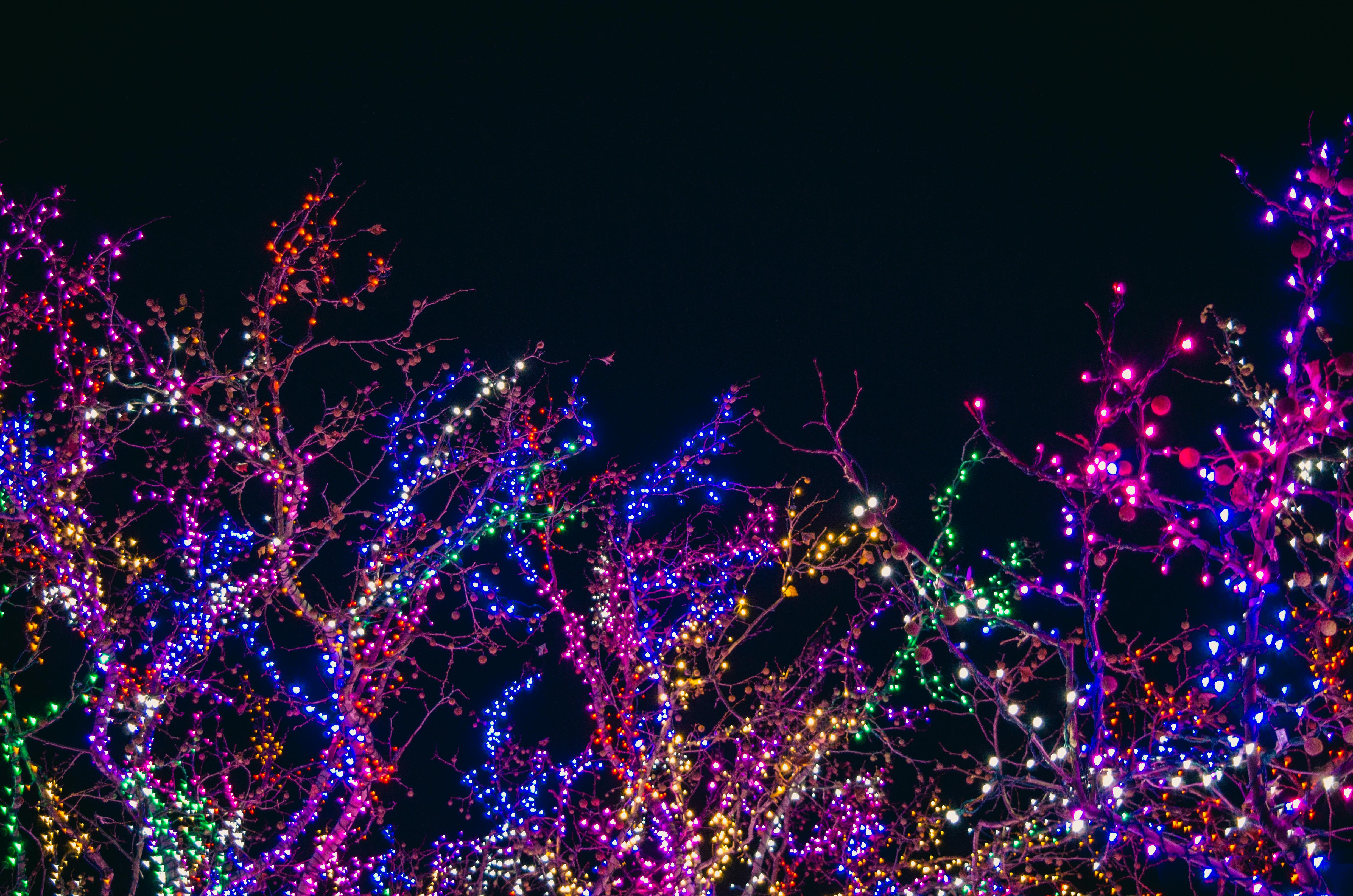

Four of these LED modules are deployed along the left, right, top and bottom of the television. Here we have Samsung's edge-lit LED unit, which comprises of two major components: a long LED module of tiny white diodes and a thin screen-sized plastic sheet known as a light guide plate. The Sony Bravia KDL-46XBR45 is an example of a television that used RGB LEDs in its backlight. RGB's proponents argue that there is less of a green "push" as a result, and the colour spectrum is more evenly distributed. RGB LEDs, on the other hand, are potentially capable of a broader colour range because they use three LEDs coloured red, blue and green, which is a broadcast standard.
#Led screen lights and then goes dark tv#
The Samsung UA40B7100 is an example of a TV that uses white LEDs. CCFLs work in the same way.Īs a result, the television could potentially be stronger in the green portion of the spectrum, but some CCFL technologies enable better red and blue response, so better white LEDs could also be possible. But the LEDs aren't actually white this approach uses a blue light source that is made to look white by the presence of a sulphur coating on the bulb. White LED is very similar to CCFL, and is meant to simulate the white light of the sun for a more "natural" result. When using LED backlighting, there are several different coloured ones you can use, but the two main options are white and RGB. Of course, you lose the ability to switch off parts of the backlighting for better contrast, and picture quality could also suffer if light isn't sufficiently well dispersed. In comparison, edge lighting's main advantage is that it can be used to make screens that are incredibly thin - the LEDs are at the side and not behind the screen. LG is one of the champions of direct lighting. The main advantage of direct lighting is that it can be used to increase contrast levels by turning some LEDs off - thus increasing the amount of black in parts of the picture. There are two different methods of LED backlighting: direct and edge.
#Led screen lights and then goes dark series#
Though there are several different ways of backlighting using LEDs (as we'll explain shortly), the idea is the same: a series of LED bulbs throw light from behind to illuminate the LCD panel.

LED backlighting has been in use in televisions since 2004 when it first appeared on Sony WEGA models. A cutaway of a CCFL-backlit LCD showing the different layers of polarisers and filters, and the thin fluorescent tubes themselves (right). It used to be the most common method of backlighting for LCD televisions, but it is quickly being superseded by LED. There are several others, and this includes Sony's Hot Cathode Fluorescent Lamp (HCFL), but only one television currently uses this method.ĬCFL backlighting consists of a series of tubes laid horizontally behind the screen. The screen on the right features a fluorescent tube backlight.Īt present, there are two main methods of backlighting in LCD flat-panels: Cold-Cathode Fluorescent Lamp (CCFL) and LED (light-emitting diode). A selection of LCD screens, including Samsung's 6 and 7 series, showing the differences between backlighting technologies. On a typical TV you have a polarised filter, followed by a protective glass layer, followed by the LCD sheet, and then a light source at the back.

It's helpful to think of an LCD panel as a sandwich, consisting of different layers. It needs a light behind it because it emits no light of its own. As we all know, you need to press a button to read a watch in the dark, and an LCD TV is no different. While we've had black-and-white LCDs for years, colour LCDs are a lot more recent, but the technology is the same. As its name suggests, Liquid Crystal Display is a liquid that has been sandwiched between two plates, and it changes when a current is applied to it. But what is backlighting, anyway? Why do LCD screens need a backlight?Īs a consumer technology, LCD has been in widespread use since the early '70s where it first appeared in digital watches. How do they get away with this? Samsung's televisions use a series of Light Emitting Diodes (LEDs) - like the ones used in LED torches and alarm clocks - to "backlight" the LCD panel, and it's not the only company that does this. This isn't the same technology they use for the giant screens at football games in fact, the LED screens you see in shops are actually LCDs, and the term "LED" is the invention of Samsung's marketing department. You're walking through your local electronics store looking for a new TV, and you come across a thing called an "LED TV".


 0 kommentar(er)
0 kommentar(er)
